Planning Pays Off: 5 Strategies to Get the Most Out of Your Delivery Speed Choice
August 21, 2024
5 min read
Introduction
Running a business is not for the faint-hearted; client interaction, managing teams, and making logistics work are 24/7 stuff. But one part that you can take off your plate as your business grows even more is warehousing and distribution.
Going for third-party warehousing storage solutions is basically about letting experts handle your storage and logistics. That way, you can entirely focus on your core business and let your warehousing partner take care of inventory management, packaging, and much more.
This blog discusses how to outsource your storage needs to a reliable third-party warehousing storage solution and its benefits.
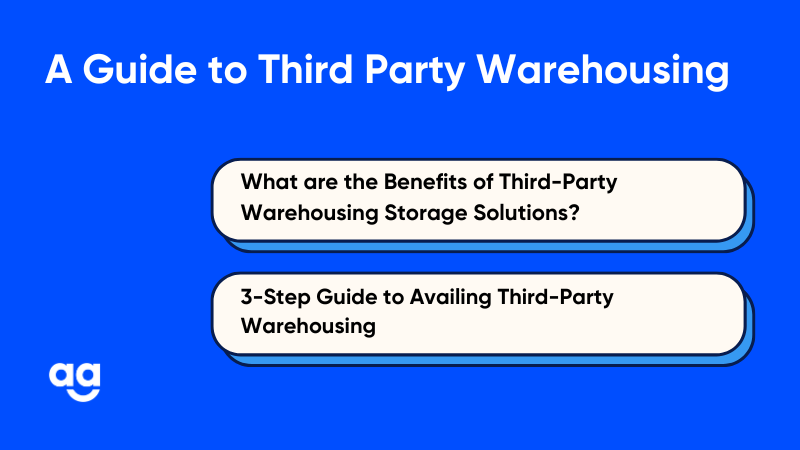
What are the Benefits of Third-Party Warehousing Storage Solutions?
When you look outside for warehousing storage solutions, you are not just renting out a third-party warehouse; you are also buying into a whole range of benefits such as:
Advanced Technology Integration
Automation and Inventory Management: Warehouses today use cool tech like robots and smart systems to handle stuff faster and with fewer mistakes.
Improved Accuracy: This tech makes sure things are tracked perfectly and shipped out super quickly, so customers get what they want without any hiccups.
Value-Added Services
Comprehensive Offerings: Modern warehousing isn’t limited to just storage units—it also does additional work like packaging and labeling, which can significantly cut down on costs.
Streamlined Processes: These services make it easier for businesses to ship products to customers faster.
Strategic Location Benefits
Proximity to Markets: Warehouses are often in spots close to market/shopping hubs or even popular transport routes. This helps cut down on shipping times.
Reduced Lead Times: Being in a prime location means products get delivered quicker, keeping customers happy and loyal.
No wonder the third-party logistics market worldwide is expected to grow by $2.8 trillion at a CAGR of 8.8% from 2022 to 2031.
3-Step Guide to Availing Third-Party Warehousing
Do you know what services you need or who to partner up with? Keep reading to find it out in this step-by-step guide:
Identify Your Storage Needs
Figure out what you need from a warehouse. Is it just storage? Or do you need inventory management, packaging, and shipping as well? Identifying your exact need is the first step to partnering with the right provider.
Research and Compare Options
It is a booming market, and there are, of course, lots of options. Check out different third-party warehousing providers. Compare services, technology used, locations, etc. Factor in scalability and flexibility. Then, choose the one best suited to your needs.
Check Prices and Contracts
Once you narrow down your choices, it’s time to dig into pricing. Warehouse charges aren’t cheap. Some charge by square foot, others by number of outgoing items. Some offer bundle deals. Make sure you understand all charges involved, open and hidden.
After comparing prices and services, weigh the pros and cons of each option, and finally, you will have chosen the right warehousing storage solutions partner.
Conclusion
Outsourcing your warehousing allows experts to handle storage and logistics, making your operations smoother and more efficient. And with a capable partner such as Shipyaari, you are in good hands.
Shipyaari stands out as the top choice for third-party warehousing with its cutting-edge technology, strategic locations, and value-added services that streamline your logistics and storage needs. Partner with Shipyaari today to grow your business to new heights. Sign up to fulfill your warehousing needs today!
Frequently Asked Questions
A good third-party warehousing service provider will have real-time tracking and automation for quicker order fulfillment. They will also offer data analytics to manage your inventory effectively.
This comes down to scalability. A good service provider will anticipate seasonal peaks and have the backend and frontend technical capability to keep up with demands
Since you are not the showrunner, you will have less direct control over your inventory. However, effective communication can easily solve that.
A third-party warehouse generally outlines the duration, pricing structure, services provided, and terms for ending the agreement if needed in their contract.
Suggested Reads
Hyperlocal Personalization: Tailoring Experiences for Local Customers
Introduction The eCommerce industry in India has witnessed a rapid growth of hyperlocal services in
Continue ReadingDec









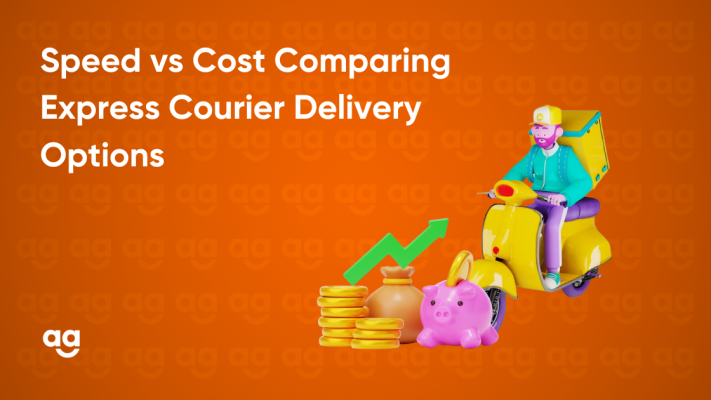

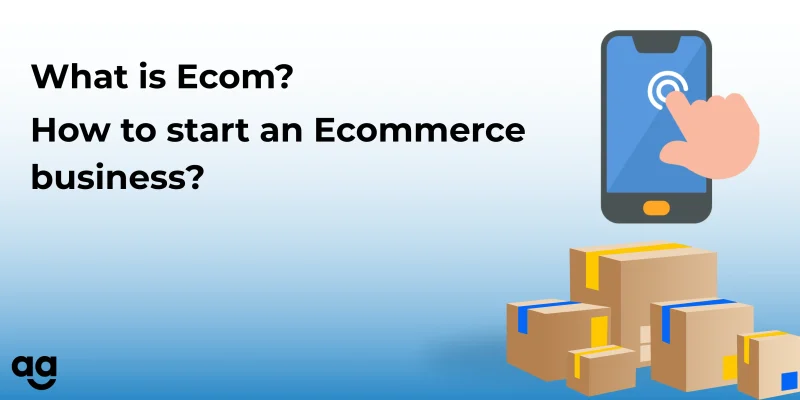

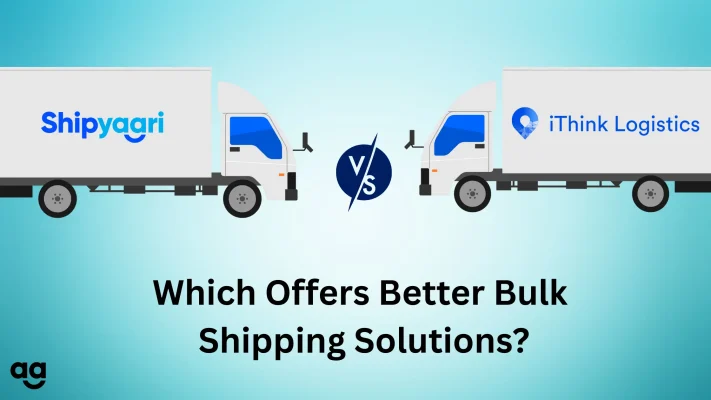

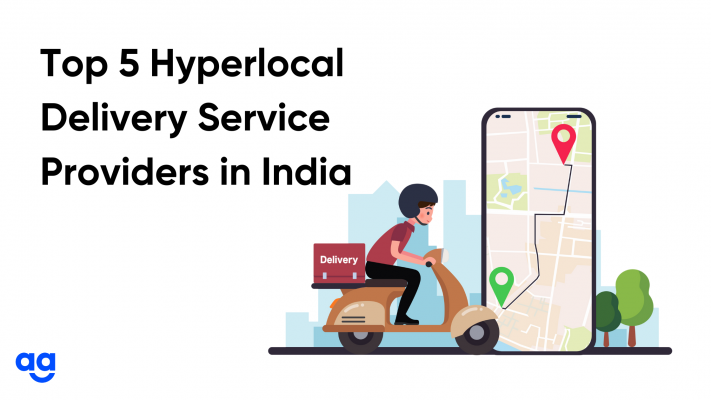
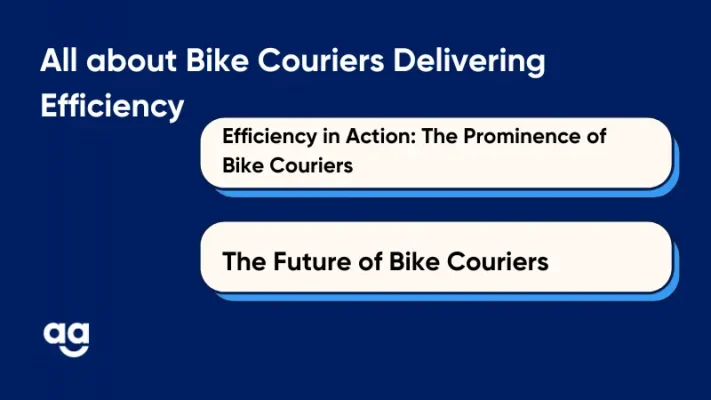
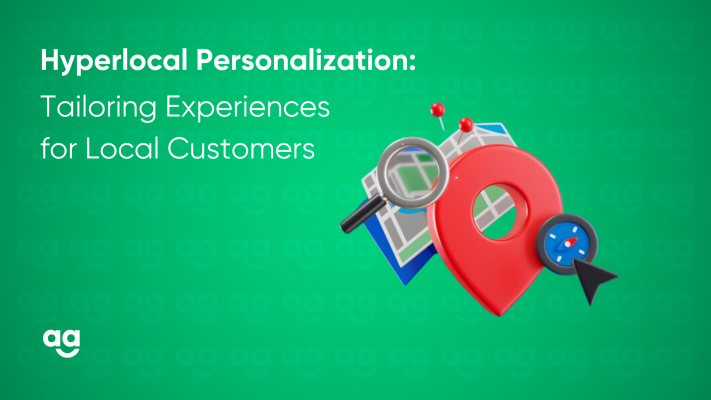
 Shipping
Shipping







